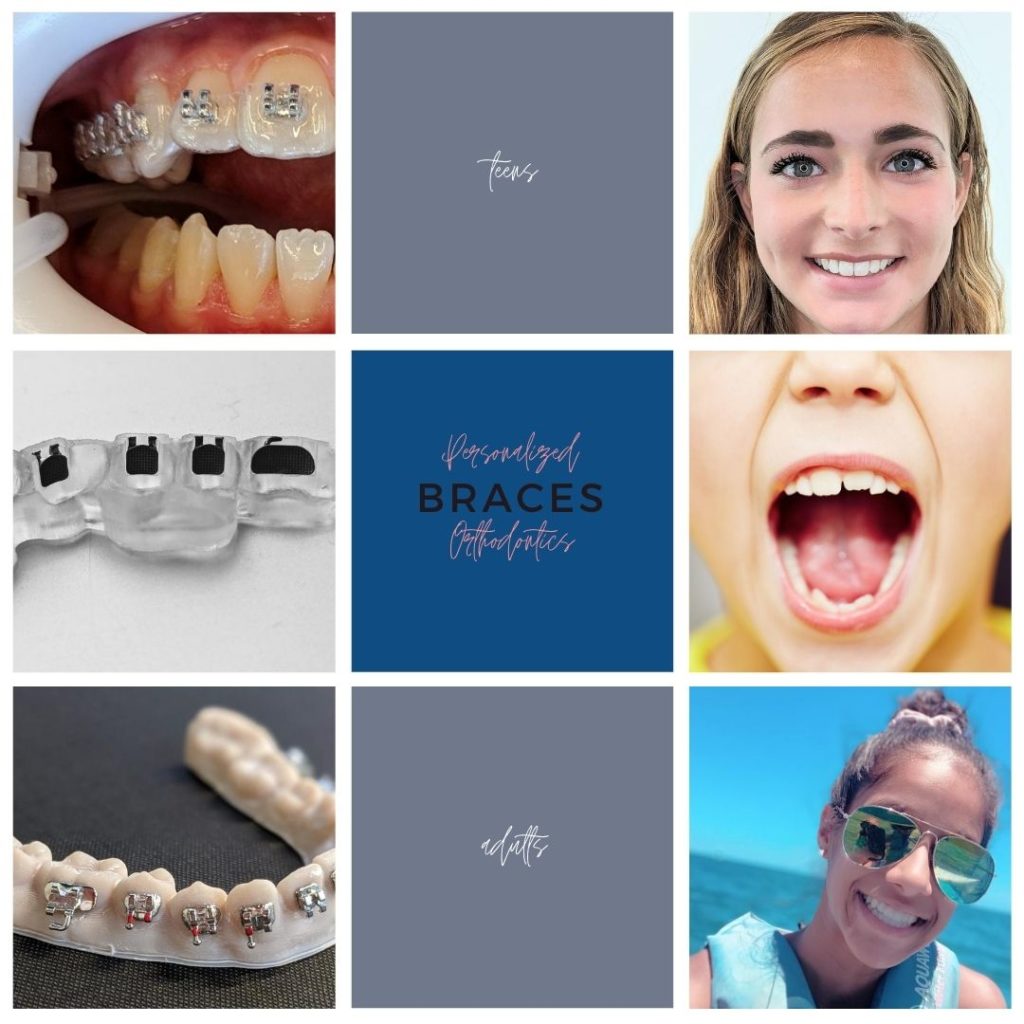Getting The Legacy Orthodontics To Work
Getting The Legacy Orthodontics To Work
Blog Article
Legacy Orthodontics - An Overview
Table of ContentsLegacy Orthodontics Can Be Fun For AnyoneNot known Details About Legacy Orthodontics All About Legacy OrthodonticsThe 4-Minute Rule for Legacy Orthodontics7 Simple Techniques For Legacy Orthodontics
In addition, we offer flexible therapy timetables, adaptable repayment options and an enjoyable, enjoyable experience.An orthodontist is a dental expert educated to identify, stop, and treat teeth and jaw irregularities. They remedy existing conditions and are educated to recognize problems that may create in the future. Orthodontists collaborate with people of all ages, from children to adults. People typically link a perfect smile with health.
Malocclusion, or misaligned teeth, can result in dental problems, including tooth decay, gum tissue illness, and challenging or painful eating. Not everybody is birthed with straight teeth. If you have a negative bite or big rooms in between your teeth, you might wish to get in touch with a dental expert concentrating on orthodontic treatment.
The Legacy Orthodontics Statements
( Photo Credit Report: DigitalVision/Getty Images) Orthodontists utilize fixed and detachable dental tools, like dental braces, retainers, and bands, to alter the position of teeth in your mouth. Orthodontic therapy is for oral problems, including: Crooked teethBite troubles, like an overbite or an underbiteCrowded teeth or teeth that are as well much apartJaw misalignmentThe objective of orthodontic treatment is to enhance your bite.
While you could think of orthodontists as mostly for children or teens who need dental braces, they can deal with dental problems at any type of age. Orthodontists participate in college, dental college, and orthodontic school.
, but not all dental experts are orthodontists. They focus on 2 locations: Just how to properly and safely relocate teeth Exactly how to appropriately direct advancement in the teeth, jaw, and faceOnce an orthodontist has completed training, they have the alternative to end up being board accredited.
Not known Details About Legacy Orthodontics
Imbalance, or malocclusion, is one of the most common factor people see an orthodontist. It is genetic and is the result of dimension distinctions between the upper and reduced jaw or in between the jaw and teeth. Malocclusion leads to tooth overcrowding, a twisted jaw, or irregular bite patterns. Malocclusion is generally treated with: Your orthodontist affixes steel, ceramic, or plastic square bonds to your teeth.
If you have just minor malocclusion, you might be able to utilize clear dental braces, called aligners, rather than standard braces (https://packersmovers.activeboard.com/t67151553/how-to-connect-canon-mg3620-printer-to-computer/?ts=1727695183&direction=prev&page=last#lastPostAnchor). Some individuals require a headgear to help relocate teeth right into line with stress from outside the mouth. After dental braces or aligners, you'll need to wear a retainer. A retainer is a custom tool that keeps your teeth in position.
They can produce extra area in the mouth without having to draw teeth. Orthodontists use wires, medical screws, or plates to support your jaw bone.
You may need to see an orthodontist if you redirected here have: Crowding or not sufficient space for all of your teethOverbite, when your upper teeth come by your bottom teethUnderbite, when your bottom teeth are as well far forwardSpacing or issues with gapsCrossbite, which is when your upper teeth fit behind your base teeth when your mouth is closedOpen bite or a vertical void in between your front bottom and top teethMisplaced midline, when the center of your base and top teeth do not line up Remedying a dental malocclusion can: Make biting, eating, and talking easierImprove the proportion of our face and your overall appearanceEase pain from temporomandibular joint problemsSeparate your teeth and make them less complicated to clean, aiding prevent tooth degeneration or tooth cavities It's commonly a dental practitioner who initially notices misaligned teeth during a regular examination.
An Unbiased View of Legacy Orthodontics

Throughout your first orthodontic assessment, you'll likely have: A dental examPhotos taken of your face and smileDental X-raysPanoramic (360 level) X-rays of your face and headImpressions to develop mold and mildews of your teethThese tests will aid your orthodontist understand exactly how to continue with your therapy. leesburg orthodontics. An orthodontist is a dental professional that's had training to treat your teeth and jaw
An orthodontist is concentrated on your bite, so something like a cracked tooth would certainly be taken care of by a dental practitioner. Orthodontists are focused on your bite, or the means your teeth fit with each other, and the straightness of your teeth.
Ever questioned exactly how stars constantly seem to have perfectly aligned teeth? The answer usually depends on the proficient hands of an orthodontist. However exactly what does an orthodontist do? Orthodontists are oral professionals who concentrate on dealing with irregularities in the teeth and jaws. Their expertise goes past simply developing a stunning smile; it prolongs to enhancing your overall oral wellness and feature.
9 Simple Techniques For Legacy Orthodontics

, orthodontists have a varied toolkit at their disposal. These tried-and-true braces utilize a system of braces adhered to the teeth and linked by wires.
These removable trays are custom-made to progressively shift the teeth's position. In cases of narrow jaws, palatal expanders can be made use of to develop space for appropriate tooth positioning.
Report this page